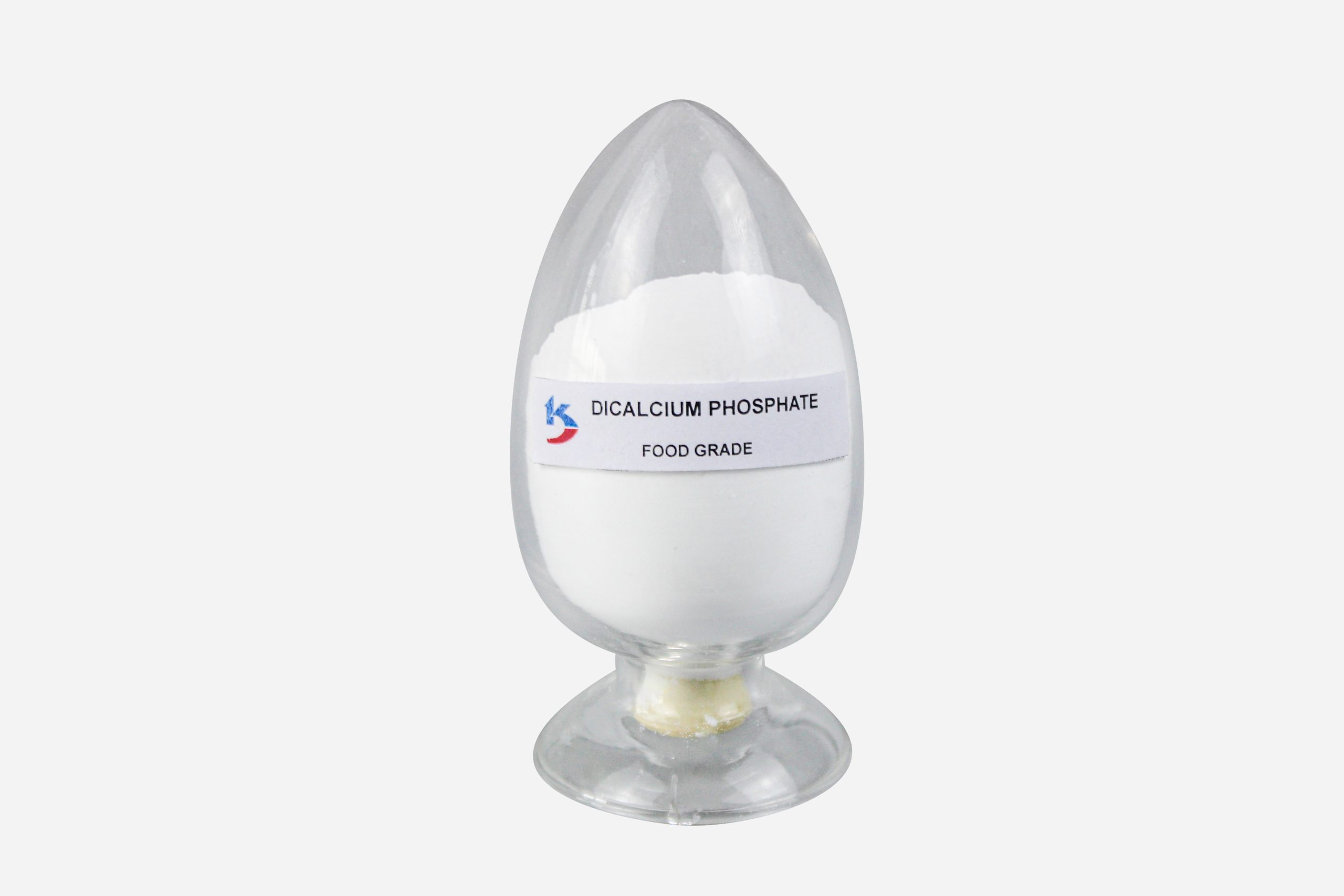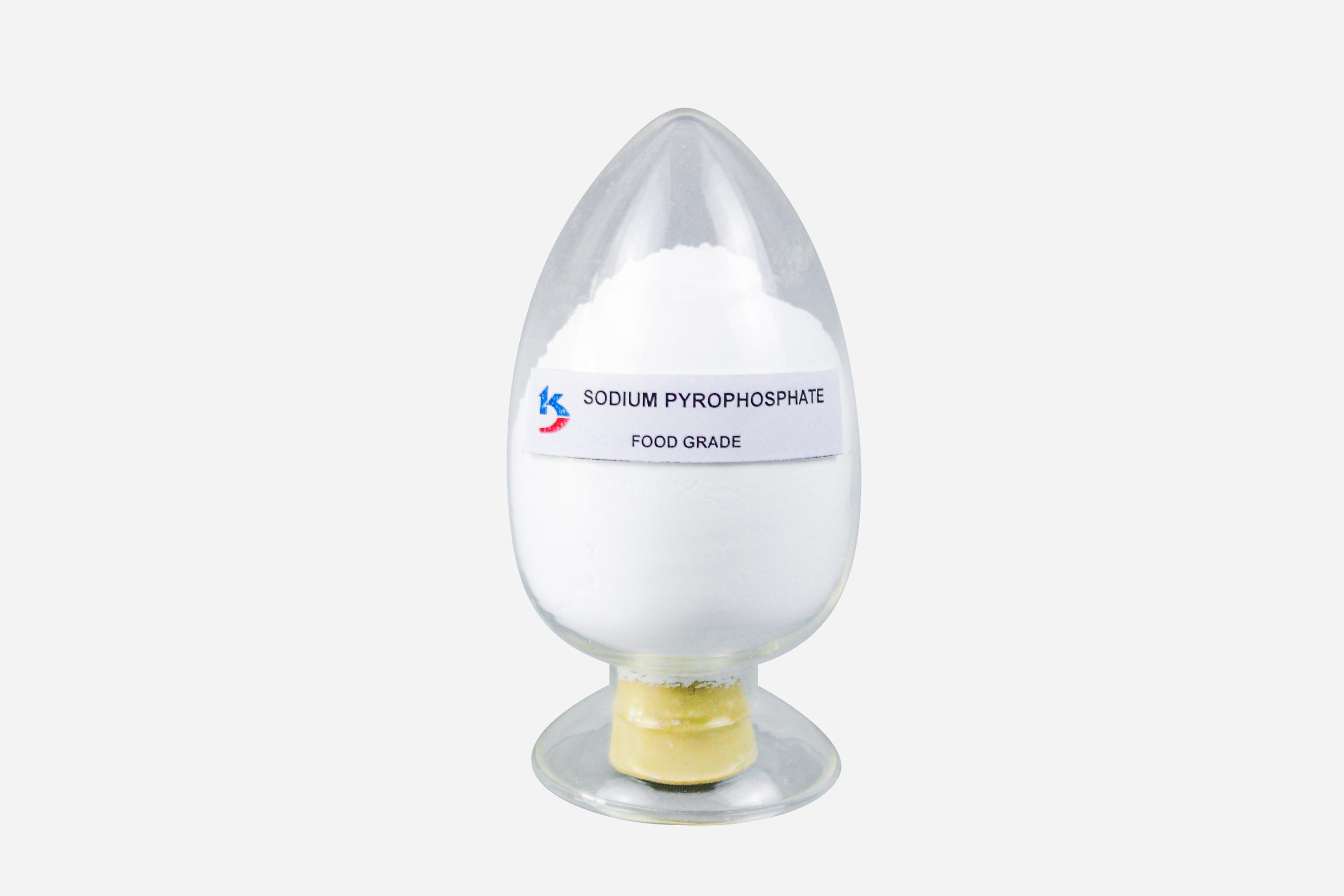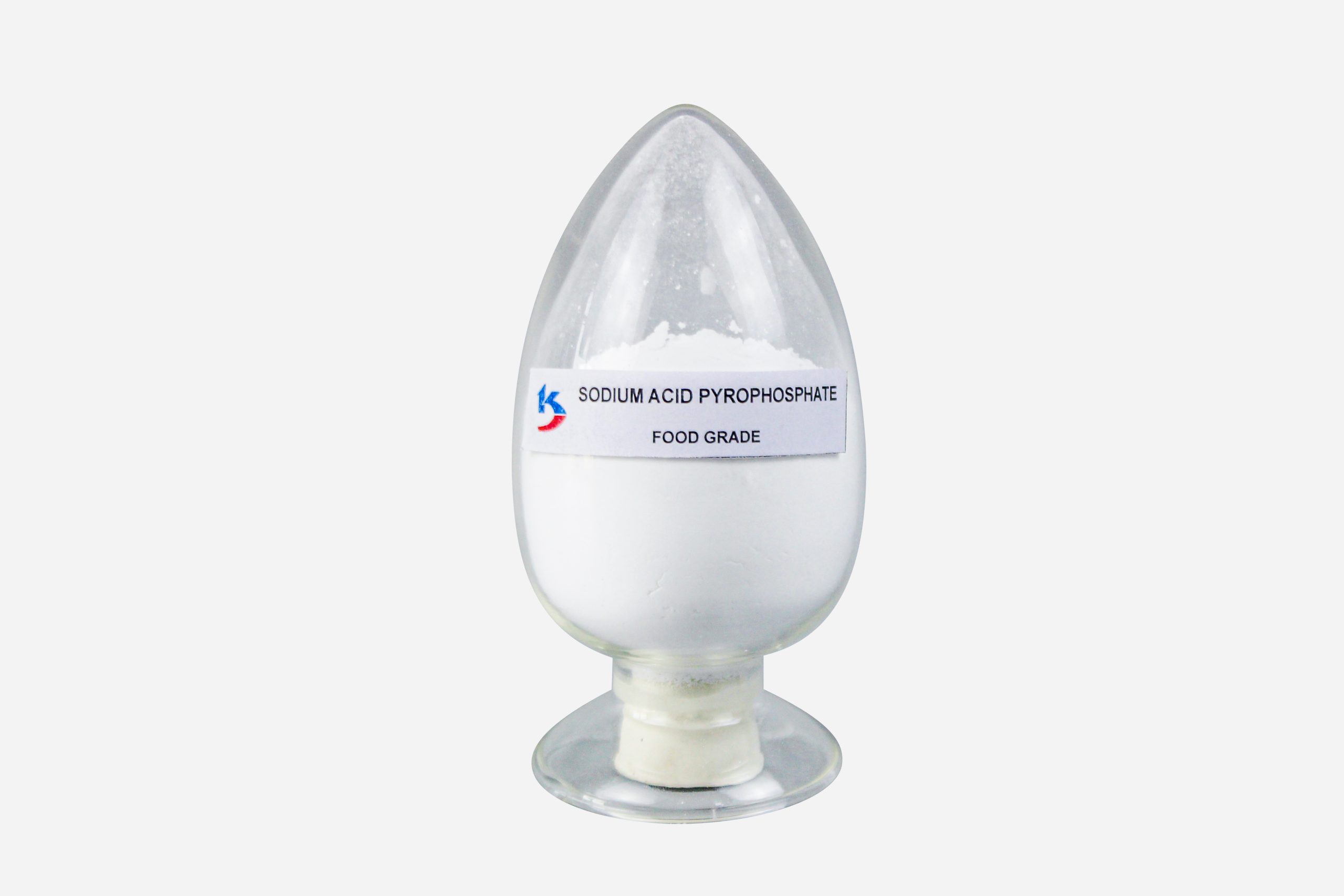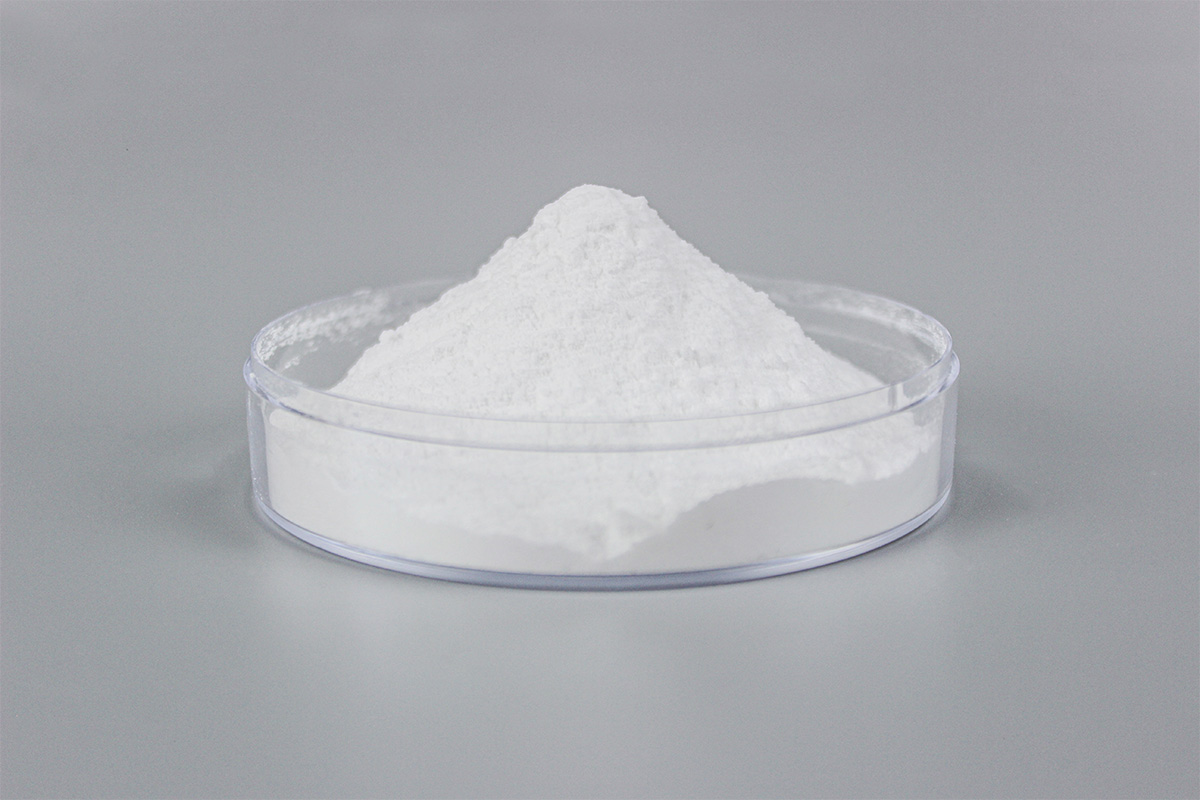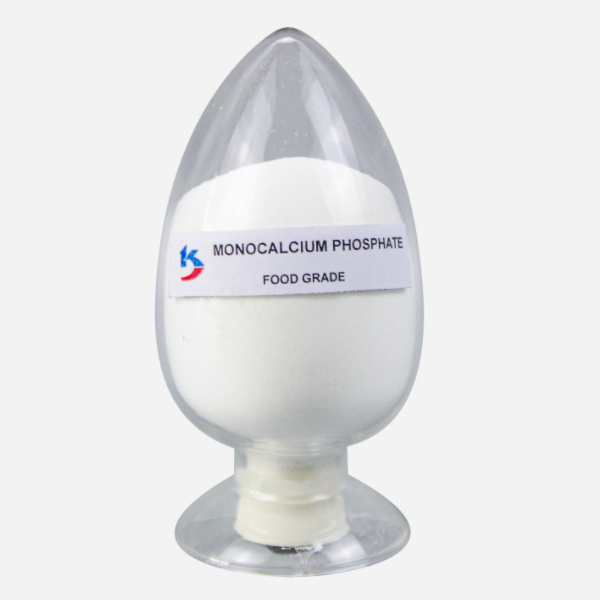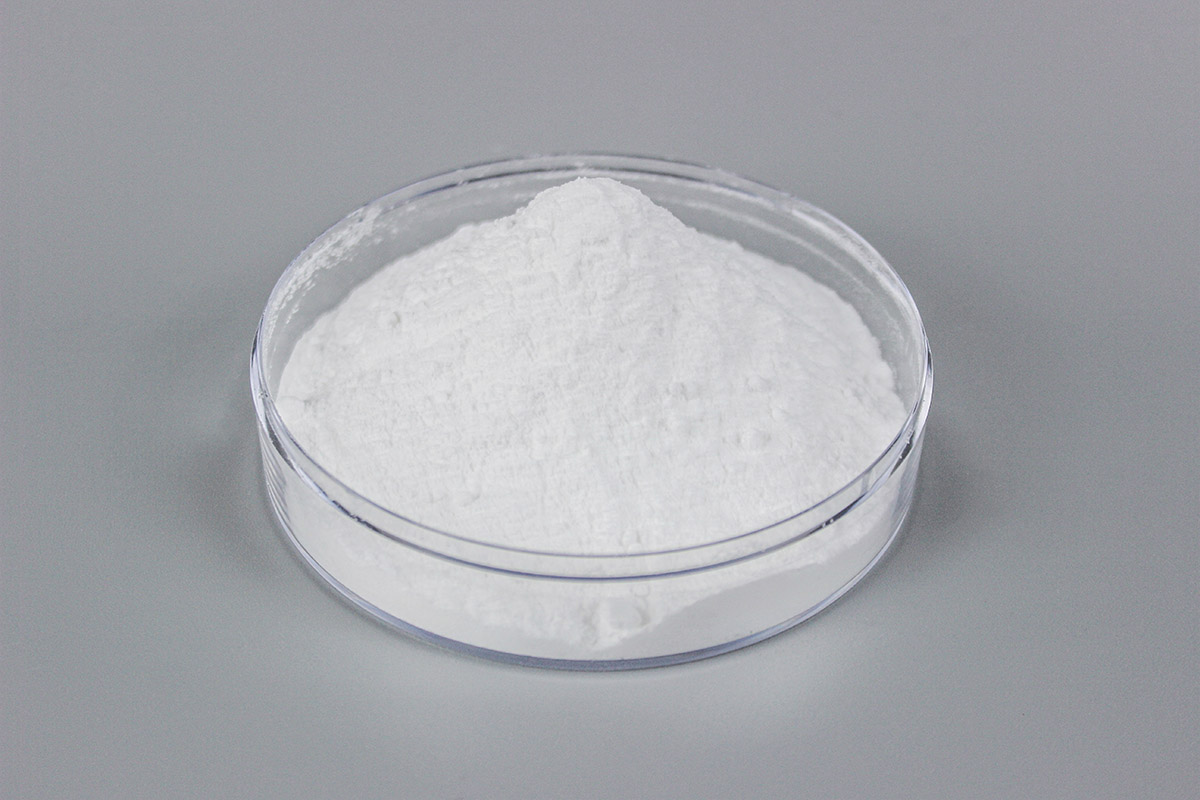Dicalcium Phosphate
Usage: In food processing industry, it is used as leavening agent, dough modifier, buffering agent, nutritional supplement, emulsifier, stabilizer. Such as leavening for flour, cake, pastry, bake, double acid type flour color modifier, modifier for fried food. Also used as nutrient additive or modifier for biscuit, milk powder, cold drink, ice cream powder.
Packing: It is packed with polyethylene bag as inner layer, and a compound plastic woven bag as outer layer. The net weight of each bag is 25kg.
Storage and Transport: It should be stored in a dry and ventilative warehouse, kept away from heat and moisture during transportation, unloaded with care so as to avoid damage. Furthermore, it must be stored separately from poisonous substances.
Quality standard: (FCC-V, E341(ii), USP-32)
| Name of index | FCC-V | E341 (ii) | USP-32 |
| Description | White crystal or granular, granular powder or powder | ||
| Assay, % | 97.0-105.0 | 98.0--102.0(200℃, 3h) | 98.0-103.0 |
| P2O5 Content(Anhydrous basis), % | -- | 50.0--52.5 | -- |
| Identification | Pass test | Pass test | Pass test |
| Solubility tests | -- | Sparingly soluble in water. Insoluble in ethanol | -- |
| Fluoride, mg/kg ≤ | 50 | 50(expressed as fluorine) | 50 |
| Loss on ignition, (After ignition at 800℃±25℃ for 30minutes), % | 7.0-8.5 (Anhydrous) 24.5-26.5 (Dihydrate) | ≤8.5 (Anhydrous) ≤26.5 (Dihydrate) | 6.6-8.5 (Anhydrous) 24.5-26.5 (Dihydrate) |
| Carbonate | -- | -- | Pass test |
| Chloride, % ≤ | -- | -- | 0.25 |
| Sulphate, % ≤ | -- | -- | 0.5 |
| Arsenic, mg/kg ≤ | 3 | 1 | 3 |
| Barium | -- | -- | Pass test |
| Heavy metals, mg/kg ≤ | -- | -- | 30 |
| Acid-insoluble substance, ≤% | -- | -- | 0.2 |
| Organic volatile impurities | -- | -- | Pass test |
| Lead, mg/kg ≤ | 2 | 1 | -- |
| Cadmium, mg/kg ≤ | -- | 1 | -- |
| Mercury, mg/kg ≤ | -- | 1 | -- |
| Aluminium | -- | Not more than 100mg/kg for the anhydrous form and not more than 80mg/kg for the dihydrated form (only if added to food for infants and young children). Not more than 600 mg/kg for the anhydrous form and not more than 500mg/kg for the dihydrated form (for all uses except food for infants and young children). This applies until 31 March 2015.
Not more than 200 mg/kg for the anhydrous form and the dihydrated form (for all uses except food for infants and young children). This applies from 1 April 2015. |
-- |


